Understand
Minsk, the capital city of Belarus, is a vibrant metropolis situated on the banks of the Svisla and Niamiha rivers. Its history is marked by resilience and perseverance. After the devastating events of World War II, which decimated its population and destroyed 80% of the city, Minsk was rebuilt in the 1950s under the watchful eye of Stalin himself. Today, the city showcases a harmonious blend of meticulously reconstructed historical buildings, modern apartments and shopping centers, and imposing Soviet-style structures and monuments. Immerse yourself in the unique atmosphere of Minsk as you explore its diverse attractions, indulge in delightful dining experiences, and embark on a shopping spree reminiscent of its European neighbors in the European Union. While the official language is Belarusian, Russian is widely spoken, making it helpful to learn a few key phrases to enhance your cultural immersion. Discover the spirit of Minsk as you witness its remarkable transformation and embrace the warm hospitality of its people.
Map & Climate
Popular Foods
 Draniki - Draniki are Belarusian potato pancakes made from grated potatoes, flour, eggs, and onions. They are pan-fried until crisp and golden brown, giving them a crunchy exterior and soft, fluffy interior. These savory pancakes are often served with sour cream or butter, accompanied by smoked meats, fish, or vegetables.
Draniki - Draniki are Belarusian potato pancakes made from grated potatoes, flour, eggs, and onions. They are pan-fried until crisp and golden brown, giving them a crunchy exterior and soft, fluffy interior. These savory pancakes are often served with sour cream or butter, accompanied by smoked meats, fish, or vegetables.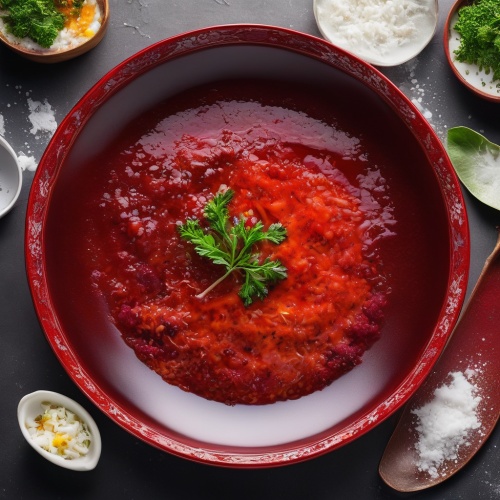 Borsch – Borsch is a traditional Belarusian soup that primarily consists of beetroot as its main ingredient. It also includes potatoes, carrots, cabbage, onions, and various types of meat, such as beef or sausage, which can be omitted to make it a vegetarian dishes. The vibrant red soup is cooked with garlic, herbs, and spices, serving hot with a side of freshly baked bread or boiled dumplings called 'varenyky'.
Borsch – Borsch is a traditional Belarusian soup that primarily consists of beetroot as its main ingredient. It also includes potatoes, carrots, cabbage, onions, and various types of meat, such as beef or sausage, which can be omitted to make it a vegetarian dishes. The vibrant red soup is cooked with garlic, herbs, and spices, serving hot with a side of freshly baked bread or boiled dumplings called 'varenyky'.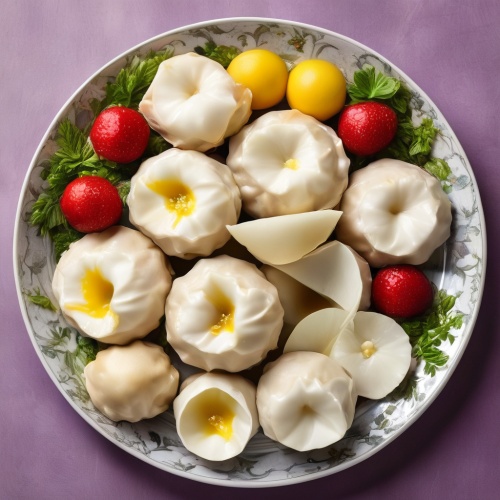 Kladoto – Kladoto is a type of Belarusian pelmeni, which are dumplings filled with seasoned meat (usually pork, beef, or a mixture) and onions. The dough is made from flour, water, salt, and oil, wrapped around the savory filling before being cooked in boiling water. They are commonly served hot, topped with sour cream or butter, and sometimes accompanied by a side of sauerkraut or pickled vegetables.
Kladoto – Kladoto is a type of Belarusian pelmeni, which are dumplings filled with seasoned meat (usually pork, beef, or a mixture) and onions. The dough is made from flour, water, salt, and oil, wrapped around the savory filling before being cooked in boiling water. They are commonly served hot, topped with sour cream or butter, and sometimes accompanied by a side of sauerkraut or pickled vegetables.

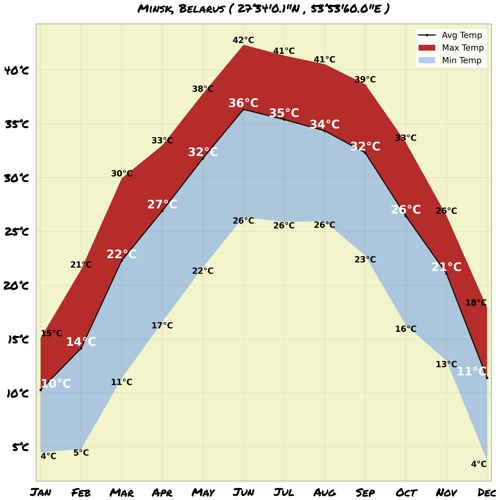
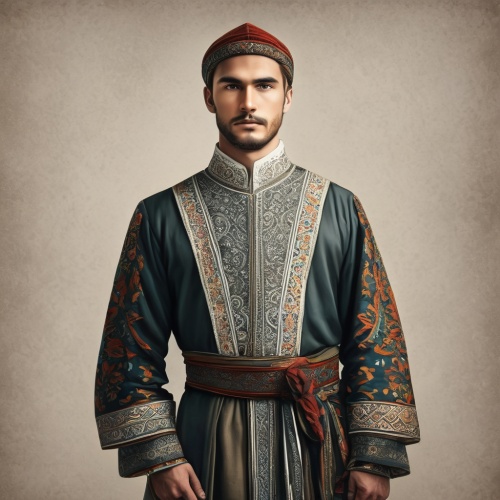
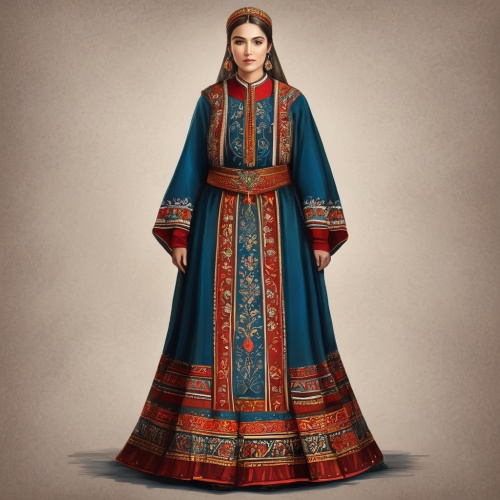
Comments
NO COMMENTS